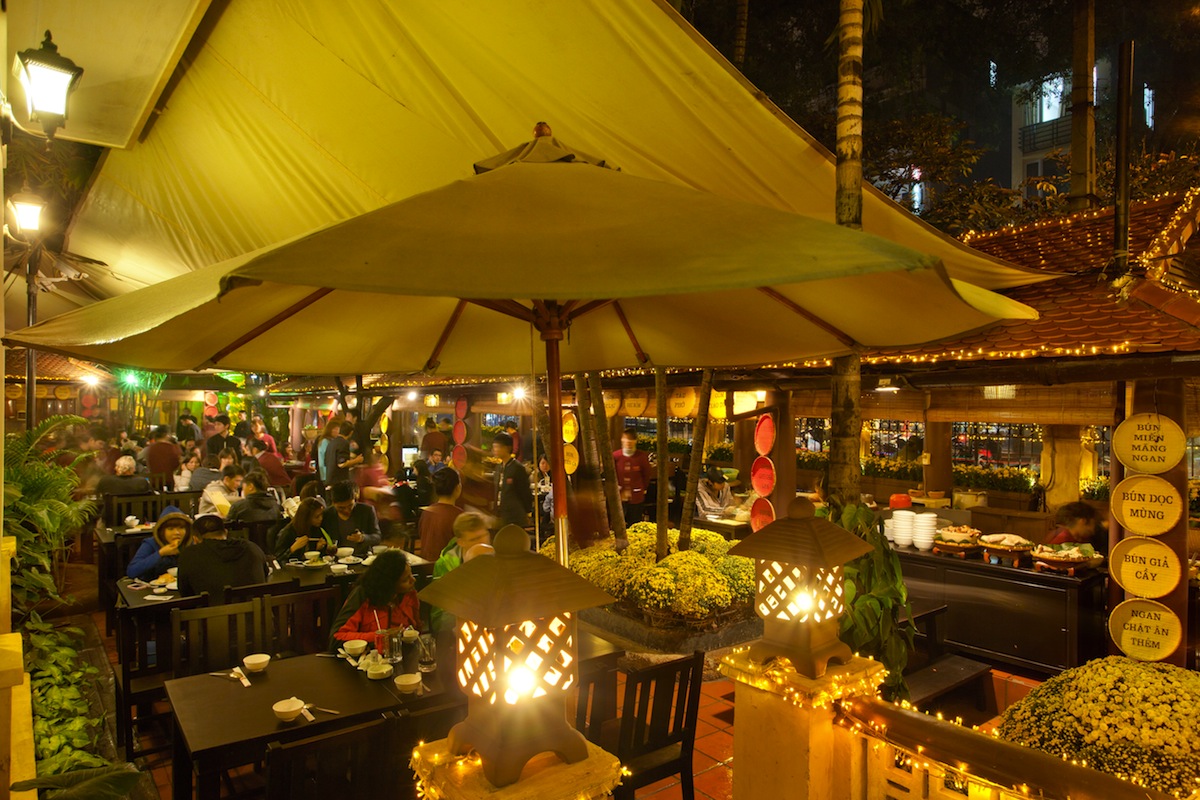
Ethnic minority groups in the region were protesting the seizure of their lands, which were to be turned into government-owned coffee plantations, and Vietnamese troops were dispatched to maintain order.Įven with troops in Buon Me Thuot, the capital of Dac Lac Province, sales of Buon Me Thuot coffee in Hanoi's cafes continued brisk as ever, and life remained serene. Yet in early February this year, a spate of demonstrations in the country's main coffee-producing region, Dac Lac and Gia Lai Provinces in the Central Highlands, made coffee the political issue of the moment. These are not things most people in Vietnam care to dwell on nowadays. Ninety years ago, the cafes that lined Hanoi's boulevards were mainly the preserve of the city's wealthy foreign residents. It was the French colonists in Indochina who established Vietnam's first coffee plantations, in the late 19th century, exploiting the local peasants as cheap labor. Like so much else in Vietnam, that cup of coffee has a bittersweet history. A cup of coffee is an affordable luxury in a country where the average household income hovers around $300 a year, and Hanoi residents come to cafes to escape the heat of the day, to relax, and to sip a cup of a grainy, bittersweet local blend. The interior of these cafes, like Café Quynh on Bat Dan Street, is usually quite dark - a relief from the tropical sunlight outside - and the mood is hushed. Hanoi's Old Quarter - the 36 market streets, each named during the 13th century after the trade guild that sold its wares there - is packed with such family-run establishments. The typical Hanoi cafe is a tiny space, often just a storefront with a beaded curtain separating it from the street.

People-watching isn't really what it's about. It's a restrained sort of cafe culture: no flamboyant umbrellas, no tables spilling out onto the sidewalks. Typically, you'll pay 20 to 40 cents a cup. Teeming traffic aside, the pace of life is quite gentle here still, and almost any Vietnamese you'll meet, regardless of age or class, has a favorite local cafe, where many hours are spent gossiping and smoking and sucking down the ultrastrong, ultrasweet ca phe sua da (espresso served in a tall glass with crushed ice and sweetened condensed milk), which is the favorite local coffee preparation. Along with the colonial architecture and the fresh baguettes that are still sold on street corners, coffee is one of Vietnam's most pleasant legacies from its years of French rule. Unlike the rest of Asia - a tea-drinking continent, by and large, and a wasteland of instant Nescafé packets for your java-loving Western traveler - Vietnam has a cafe culture to rival Italy's.

The coffee at the Café Pho Co is some of the best in Hanoi, a city that takes its coffee seriously. Midmorning, the cafe is empty, except for a few groups of old men playing chess over their coffee. The owner's art collection hangs on the walls, and the canvasses are deeply stained from the rains - the water deepens the colors, he says. The low tables are flanked by vases of lotus flowers, and ornamental Japanese pigeons with feathery spats and fan-shaped tails wander serenely among them.

Known by some residents of Hanoi as the secret cafe, it's an oasis quite apart from the motorbike-choked streets of Hanoi's Old Quarter. Tucked between two silk shops on a busy stretch of Hanoi's Hang Gai, down a narrow passage that leads to a little courtyard garden, the Café Pho Co has as much a quality of new discovery about it on the 50th visit as on the first.


 0 kommentar(er)
0 kommentar(er)
